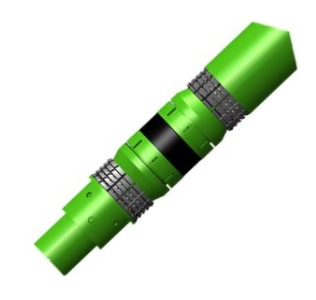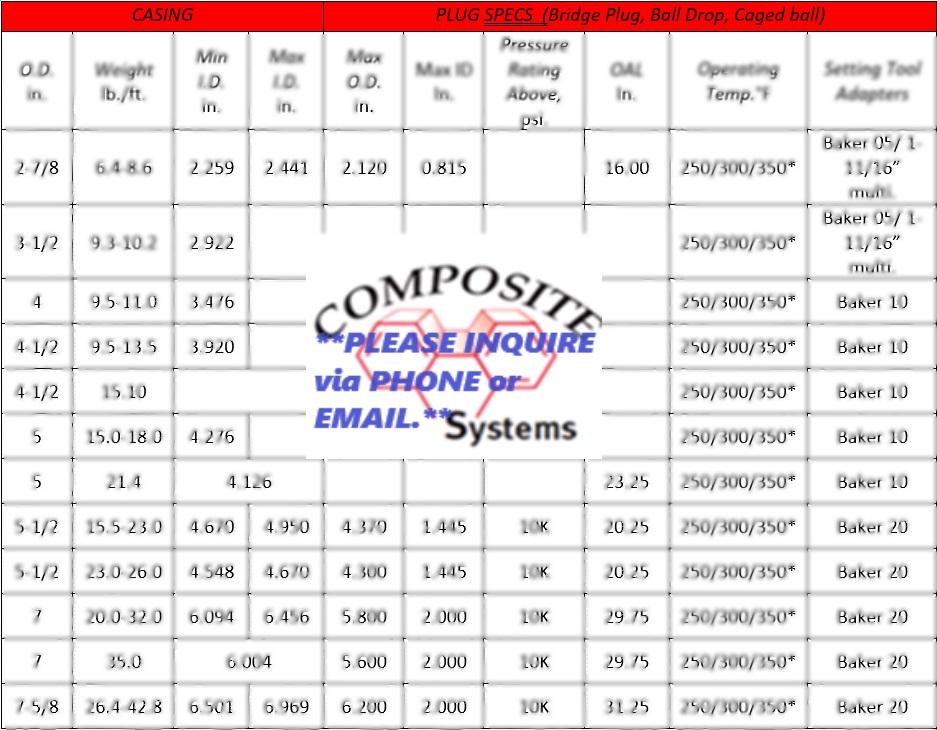
The IsoDrill composite BRIDGE PLUG, caged ball and ball drop (flow thru) frac plug provide a means to isolate multiple zones during high pressure stimulation frac operations. The Bridge Plug is designed to temporarily plug a well or to provide isolation from either above or below the isolation point. The Ball Drop (flow thru) Frac Plug allows for fluid to flow from above and below the isolation point until the ball is pumped down from the surface and seated on top of the composite frac plug. The operator can pressure up against the frac plug to achieve isolation. Due to the composition of the material, the plugs can be easily milled and circulated back to surface. Please contact us for more information about the Iso Drill.




